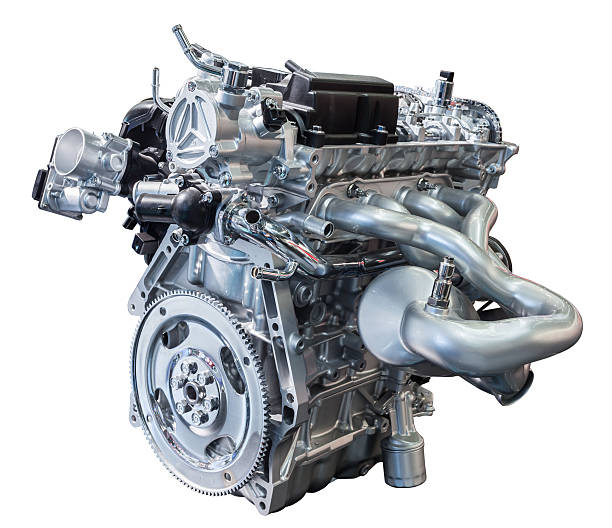Camshaft Profiling: The Hidden Art of Engine Optimization
In the world of automotive engineering, there's an often-overlooked component that plays a crucial role in determining an engine's character and performance: the camshaft profile. This intricate design element shapes the way an engine breathes, dictating its power delivery, efficiency, and overall personality. Let's dive into the fascinating realm of camshaft profiling and explore how this hidden art form is revolutionizing engine optimization.

Camshaft profiling is a delicate balance of science and art. Engineers must consider factors such as valve lift, duration, and timing to create a profile that suits the engine’s intended application. A race engine, for instance, might require a more aggressive profile for high-end power, while a street engine would benefit from a milder profile for better low-end torque and drivability.
The Evolution of Camshaft Design
Camshaft design has come a long way since the early days of internal combustion engines. Initially, camshafts were simple affairs with basic lobe shapes that provided adequate but not optimal valve control. As engineers gained a deeper understanding of engine dynamics, camshaft profiles began to evolve.
The advent of computer-aided design (CAD) and simulation software has dramatically transformed the camshaft profiling process. Engineers can now model and test countless variations of lobe profiles virtually, fine-tuning every aspect before a single piece of metal is cut. This has led to the development of highly sophisticated profiles that squeeze every ounce of performance from an engine while meeting stringent emissions and efficiency standards.
The Impact on Engine Performance
The influence of camshaft profiling on engine performance cannot be overstated. A well-designed camshaft can significantly increase horsepower and torque, improve fuel efficiency, and even reduce emissions. By controlling the precise timing and duration of valve events, engineers can tailor an engine’s power band to suit specific needs.
For example, a camshaft profile with longer duration and higher lift might shift the power band higher in the RPM range, ideal for high-performance applications. Conversely, a profile with shorter duration and less lift could enhance low-end torque, making it perfect for towing or off-road use. The ability to fine-tune these characteristics allows manufacturers to create engines that are both powerful and efficient across a wide range of operating conditions.
Cutting-Edge Profiling Techniques
As technology advances, so do the techniques used in camshaft profiling. One of the most exciting developments in recent years is the use of variable valve timing (VVT) systems in conjunction with carefully designed camshaft profiles. These systems allow for on-the-fly adjustments to valve timing, effectively giving an engine multiple personality profiles that can be switched between based on driving conditions.
Another cutting-edge technique is the use of asymmetrical lobe profiles. Traditional camshaft lobes were symmetrical, but engineers have found that asymmetrical designs can offer benefits in certain applications. These profiles can provide quicker valve opening and slower closing, or vice versa, allowing for even greater control over the combustion process.
The Future of Camshaft Profiling
Looking ahead, the future of camshaft profiling is bright and full of potential. As materials science advances, we may see camshafts made from new, lighter materials that allow for even more aggressive profiles without sacrificing durability. Additionally, the integration of artificial intelligence and machine learning into the design process could lead to camshaft profiles that are optimized in ways human engineers might never have considered.
One intriguing possibility is the development of camless engines, which would use electromagnetic or hydraulic actuators to control valve events instead of traditional camshafts. While this technology is still in its infancy, it promises unprecedented control over valve timing and lift, potentially rendering traditional camshaft profiling obsolete.
In conclusion, camshaft profiling remains a critical aspect of engine design, blending the precision of engineering with the creativity of artistry. As we continue to push the boundaries of internal combustion engine technology, the hidden art of camshaft profiling will undoubtedly play a pivotal role in shaping the future of automotive performance and efficiency.





